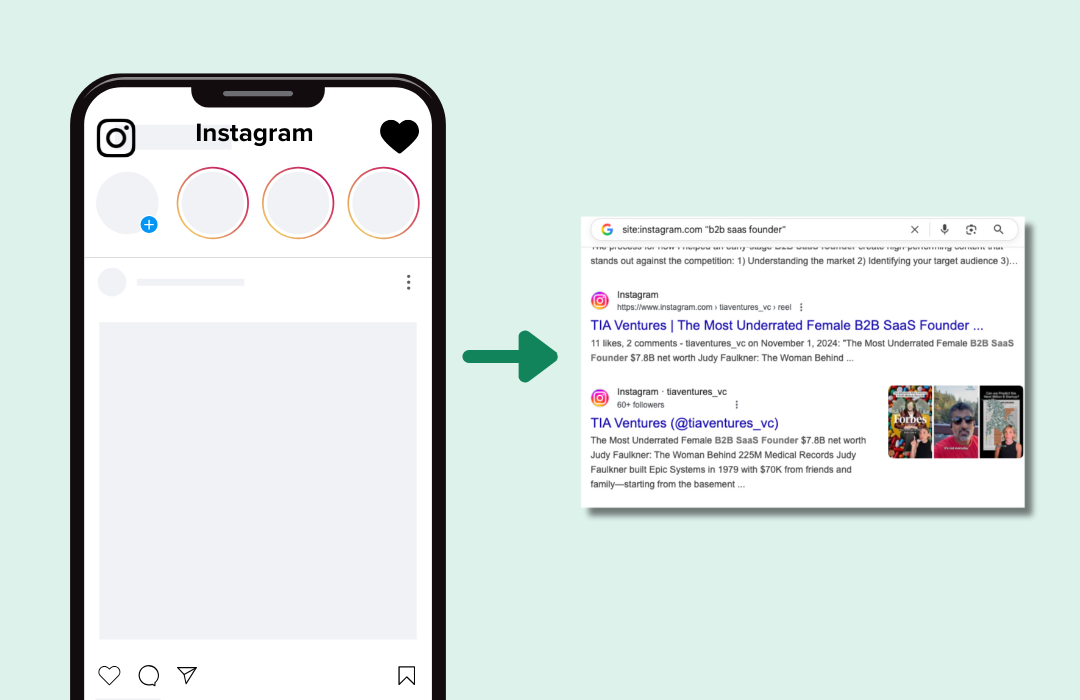Editor’s Note: Guest post by Jorge Soto, Co-Founder at Dashtab, Advisor to Spiderbook, and Head of Startup Sales at Sales Hacker.

For me, sales is a conversation at its core. Scaling from one conversation to many that a team within a company would experience is about developing a process and structure that allows your organization to conduct multiple, intelligent conversations across multiple stakeholders and channels, within a streamlined consent method.
You would also need these conversations living within a database or CRM like Salesforce.com in order to report against the data and better understand your sales organization’s current status, future trends, etc.
Why Conversations
Although I’m only in my my mid 30s, it’s clear to me that due to how I learned how to sell — which was door-to-door — I have a more old school, simple perspective on what sales is. For me it is about real, human conversations.
Related: Using Sales Conversations to Find Product-Market-Fit
This is why when I got into enterprise back in 2008, the blasting of emails 8 hours a day didn’t make a lot of sense to me. It felt like we were trying to sell via email, which I thought was fundamentally wrong. The feel and tone of these emails were not conversations but more ads; which was of course fine for email marketing, but not selling.
In any conversation, there is a direction and flow. At least for me, conversations have desired outcomes. Those outcomes could be as simple as being acknowledged or asking my roommate not to throw his dirty socks on the floor. I might have a conversation with a gal I think is interesting with the desired outcome being her joining me for tapas at a local restaurant. In a sales conversation, my roommate agreeing not to be filthy and the gal joining me for dinner would be considered successful closes.
Now, I admit that not all conversations are that serious and intentional, and I can assure you that I am much better at B2B sales than dating, however our ability to understand where we are at within a conversation, the knowledge that we’d like to gather, and what the desired outcomes will be are very important within any business negotiation or sale.
There are a few frameworks to use here, but the key is to have a multi-step, repeatable, observable process that you follow throughout each conversation that you have with a prospect. This will allow you to have structure and be able to control the potential variables as much as possible.
You will soon be able to see patterns within your conversations that allow you to answer objections successfully and even predict them. This takes a high level of awareness, practice, and discipline, but once you are on a roll, it’s very powerful.
Inbound Conversations Versus Outbound Conversations
Inbound conversations are conversations that are initiated by the prospect and are geared towards qualifying as quickly as possible. Efficiency is the name of the game, as often times you are trying to determine whether the prospect is worth your team’s time or not.
There are a set of qualifying data that should be collected at the entry point where the prospect enters the funnel, like a web form or some sort of signup experience. These are usually set up by marketing. Once you have received the inbound inquiry and responded, the task is to now cross-reference this new prospect against your list of qualifiers through email or phone/live conversations.
Outbound conversations are conversations that are initiated by you. If done properly, they are very targeted and pre-qualified. Since you are the initiator of these conversations, they are much more difficult to initiate and they take longer. However, once you have broken through and reached a prospect via outbound, you must still verify their qualification via the qualifier list.
Now that you have connected with the prospect, whether the conversation began inbound or outbound, if they match the qualifiers, you will advance them to the next stage in your process. If you are an SDR/inside sales rep, oftentimes this means handing them off to a closer/salesperson.
The closer/salesperson will now continue the conversation by verifying qualification and beginning the investigation stage of the conversation. They will be in charge finding things like:
- Reasons the prospect will buy or not buy
- Pain points that are related to a topic your solution can help solve
- Desired improvements/results that your solution can help solve
- Deep dive into who the influencers and decision makers are
- Whether they must sell multiple stakeholders and ensure you are all aligned
- Drive all stakeholders above the buying line
- Ensure you have budget/financial confirmation
Operational Framework
This is all about how the steps in your sales conversation map to your CRM and then to the sales people who are assigned certain roles within the overall organization. My friend Aaron Ross has become a New York Times Best Selling Author by writing about this process called Predictable Revenue. The idea is that a sales organization has specialized roles that focus on certain parts of the sales cycle, process, or sales conversation.
For you who are not familiar with these roles, you have inside sales/sales development reps that focus on inbound lead qualifying and outbound prospecting. The CRM (usually Salesforce.com) is customized to feature the nuances of the parts in the process that relate to each step.







